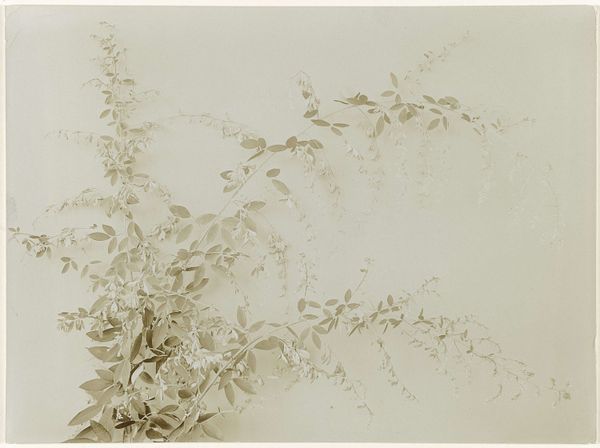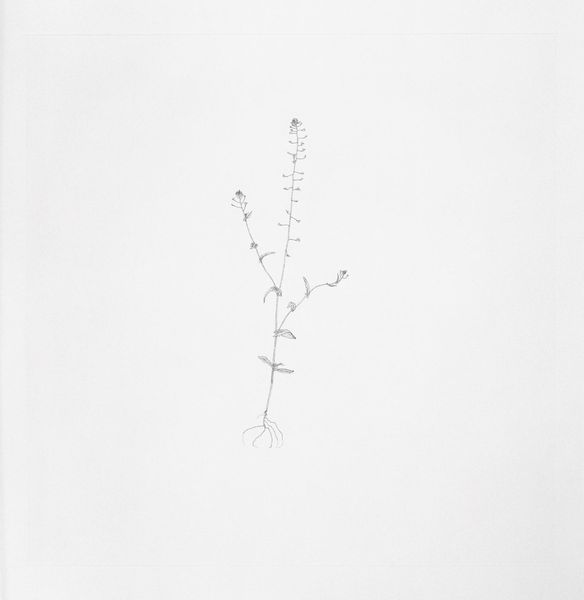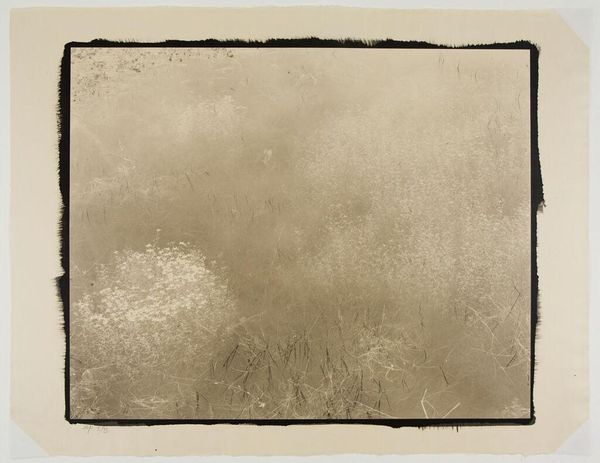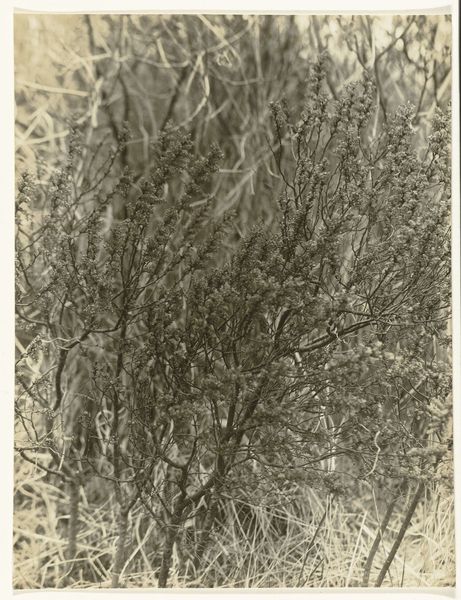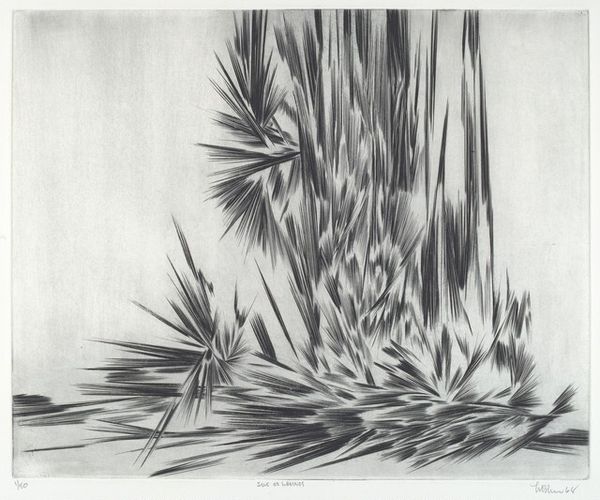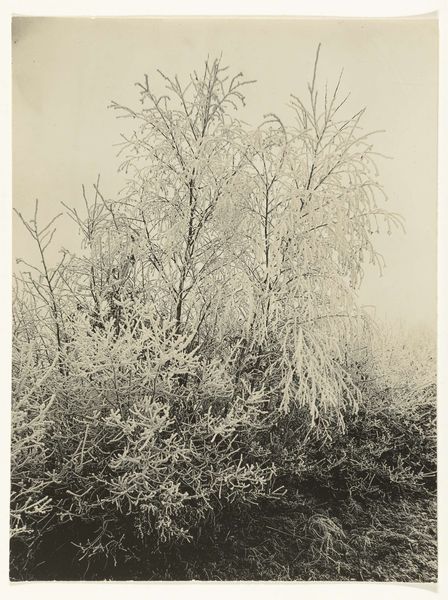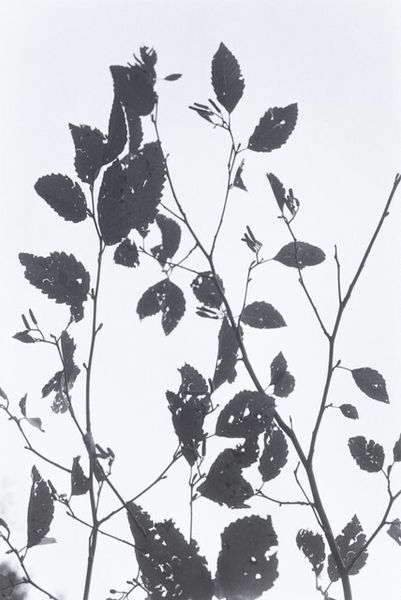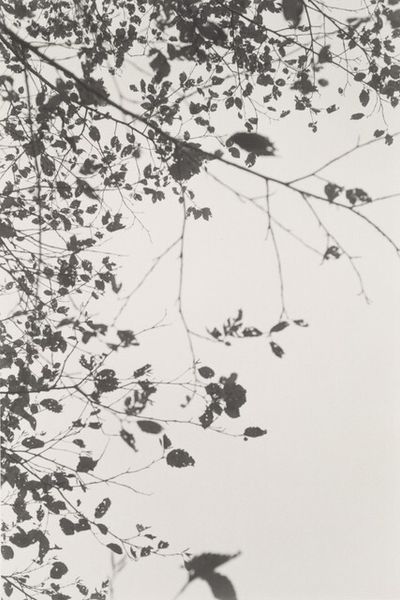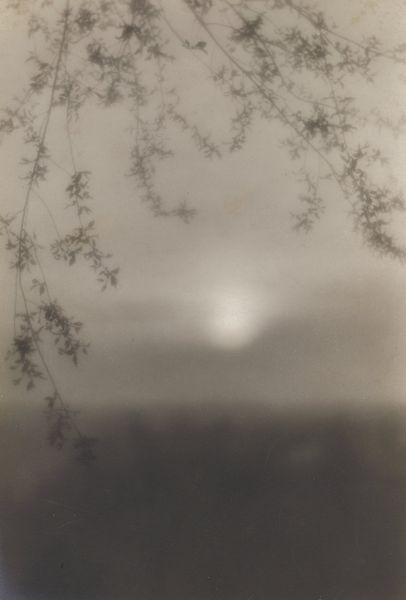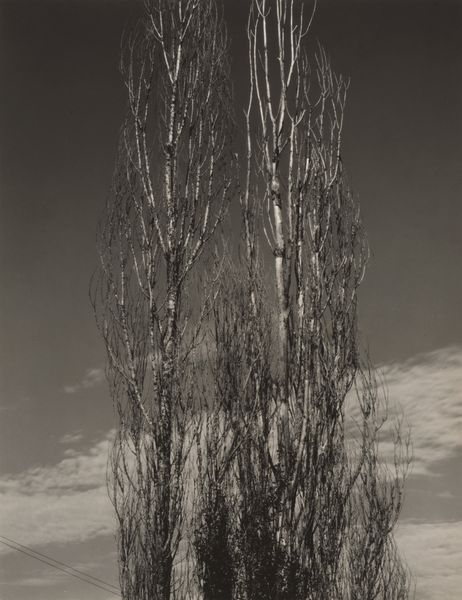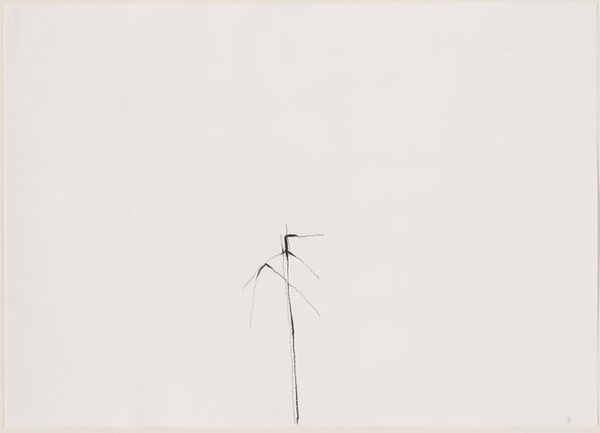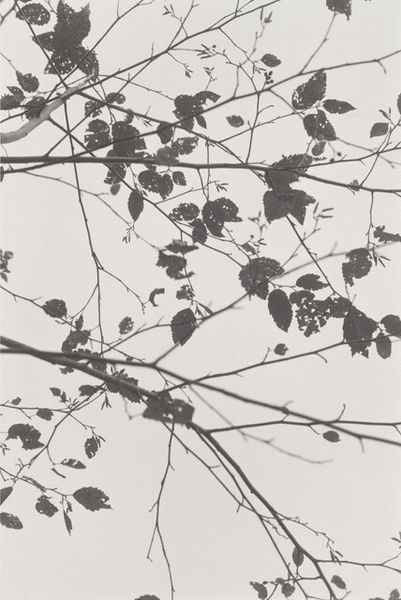
print, photography
# print
#
photography
#
realism
Dimensions: height 117 mm, width 160 mm
Copyright: Rijks Museum: Open Domain
Editor: This serene photographic print, titled "Siergras" and created sometime between 1900 and 1930 by Richard Tepe, offers a delicate depiction of ornamental grasses. The subdued color palette evokes a sense of stillness and quiet contemplation. What can you tell me about this understated photograph? Curator: Tepe’s work resonates with a period of increasing interest in capturing the natural world through photography, yet it stands apart. Instead of grand landscapes, he focuses on the minute. I'd argue it represents a democratisation of imagery – the everyday elevated to art. This was a time when photography was solidifying its place within art institutions and the public sphere. What message do you think Tepe was trying to convey, considering the rise of industrialisation at this time? Editor: That's a good question! Maybe Tepe wanted to focus on a quiet rural beauty, set against increasing urban growth, industrial pollution and the rising social consciousness about such matters. Almost as a form of silent protest. Curator: Precisely. Its delicate appearance also draws attention to the politics of visibility: what subjects were deemed worthy of representation and how societal values shape artistic expression and institutional acceptance. Don't you find that the choice of something as simple as siergras almost invites the viewer to consider the unseen, and overlooked aspects of society and nature? Editor: I never would have thought about the social and political implications of grass! It's usually about flowers and powerful vistas! It seems Tepe has much more to tell us about art and its role than initially meets the eye. Thank you! Curator: Indeed. "Siergras" serves as a lens through which we can examine shifts in aesthetic preferences, artistic values, and the growing environmental consciousness of the early 20th century.
Comments
No comments
Be the first to comment and join the conversation on the ultimate creative platform.
